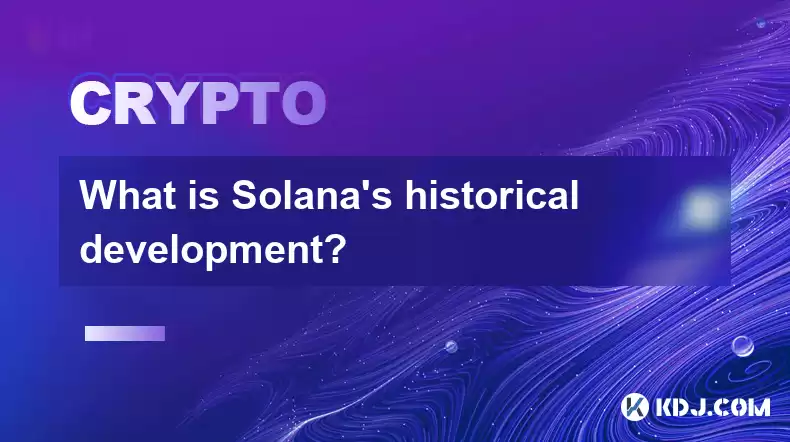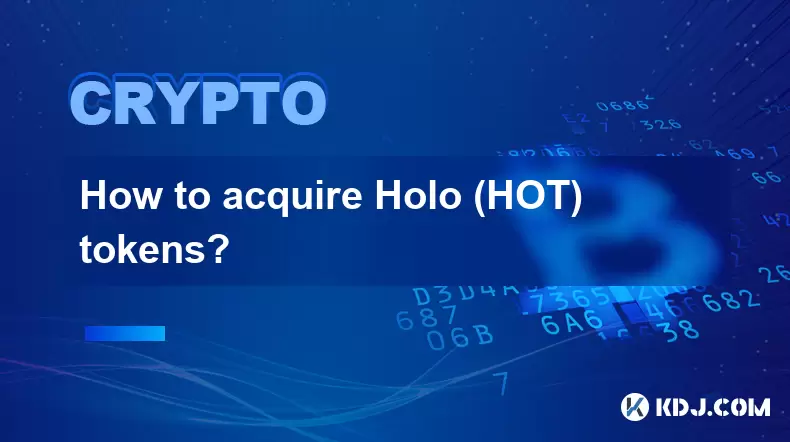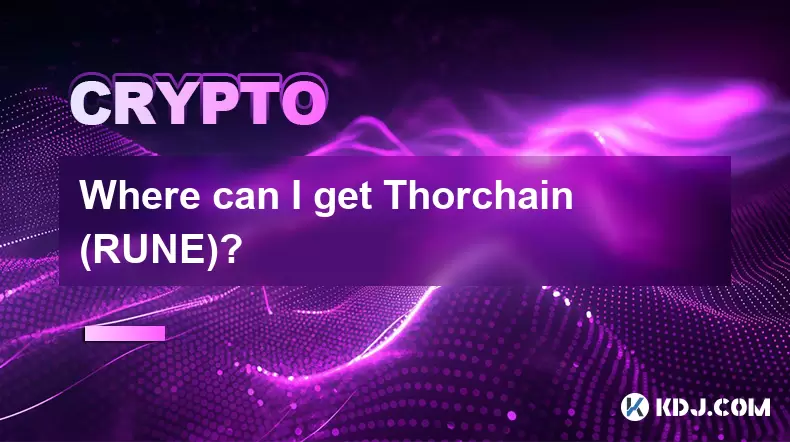-
 Bitcoin
Bitcoin $117500
2.15% -
 Ethereum
Ethereum $3911
6.19% -
 XRP
XRP $3.316
10.79% -
 Tether USDt
Tether USDt $1.000
0.01% -
 BNB
BNB $787.2
2.24% -
 Solana
Solana $175.2
4.15% -
 USDC
USDC $0.9999
0.00% -
 Dogecoin
Dogecoin $0.2225
8.40% -
 TRON
TRON $0.3383
0.28% -
 Cardano
Cardano $0.7868
6.02% -
 Stellar
Stellar $0.4382
9.34% -
 Hyperliquid
Hyperliquid $40.92
7.56% -
 Sui
Sui $3.764
7.63% -
 Chainlink
Chainlink $18.48
10.66% -
 Bitcoin Cash
Bitcoin Cash $582.1
1.88% -
 Hedera
Hedera $0.2601
6.30% -
 Avalanche
Avalanche $23.33
4.94% -
 Ethena USDe
Ethena USDe $1.001
0.02% -
 Litecoin
Litecoin $122.3
2.04% -
 UNUS SED LEO
UNUS SED LEO $8.969
-0.27% -
 Toncoin
Toncoin $3.339
0.86% -
 Shiba Inu
Shiba Inu $0.00001287
4.30% -
 Uniswap
Uniswap $10.43
7.38% -
 Polkadot
Polkadot $3.861
5.08% -
 Dai
Dai $1.000
0.02% -
 Bitget Token
Bitget Token $4.513
3.41% -
 Monero
Monero $267.7
-6.18% -
 Cronos
Cronos $0.1499
4.14% -
 Pepe
Pepe $0.00001110
5.15% -
 Aave
Aave $284.9
8.28%
What is Solana's historical development?
Solana's transformative journey from a "Proof-of-History" blockchain to a leading platform in DeFi and NFTs showcases its unwavering commitment to innovation and the development of a scalable and vibrant ecosystem.
Feb 17, 2025 at 12:54 pm

Key Points
- Solana's humble beginnings as a "Proof-of-History" blockchain
- The introduction of innovative features like Tower BFT and Sealevel
- The rapid growth and adoption of Solana in the DeFi and NFT sectors
- The rise of Solana dApps and the Solana Labs ecosystem
- The challenges and setbacks faced by Solana in its history
article
Solana's Historical Development: A Journey of Innovation and Adaptation
Solana's Humble Beginnings as a "Proof-of-History" Blockchain
Solana's journey began in 2017 when Anatoly Yakovenko, its co-founder, embarked on a mission to create a blockchain that could overcome the scalability limitations of existing networks. Yakovenko's breakthrough came with the concept of "Proof-of-History" (PoH), a novel consensus mechanism that leverages a verifiable, sequential record of past events to timestamp transactions and maintain a shared ledger. PoH's efficiency and low computational overhead made it an ideal foundation for Solana's highly scalable architecture.
The Introduction of Innovative Features like Tower BFT and Sealevel
Beyond PoH, Solana's team continued to introduce groundbreaking innovations to enhance its performance and capabilities. Tower BFT, a novel consensus protocol, was implemented to provide fast and reliable transaction finality. Sealevel, a parallel processing engine, enabled the simultaneous execution of smart contracts and transactions, further boosting Solana's throughput. These features collectively positioned Solana as a formidable competitor in the high-performance blockchain landscape.
The Rapid Growth and Adoption of Solana in the DeFi and NFT Sectors
Solana's scalability and low transaction fees quickly attracted developers and users in the rapidly growing decentralized finance (DeFi) and non-fungible token (NFT) sectors. Solana's blockchain became a hub for a plethora of DeFi protocols, offering a wide range of services such as lending, borrowing, and decentralized exchanges. The platform also emerged as a popular destination for NFT marketplaces and collections, boasting a thriving ecosystem of digital artists and collectors.
The Rise of Solana dApps and the Solana Labs Ecosystem
As Solana's popularity surged, a vibrant ecosystem of decentralized applications (dApps) and supporting projects emerged. Solana Labs, the project's core development team, played a crucial role in fostering the growth of this ecosystem. They launched various initiatives, such as Solana Ventures and the Solana Foundation, to provide funding, mentorship, and educational resources to promising projects building on Solana. The Solana ecosystem encompasses a diverse range of dApps, from DeFi and NFTs to gaming, social media, and enterprise solutions.
The Challenges and Setbacks Faced by Solana in Its History
Despite its rapid ascent, Solana has not been immune to challenges and setbacks. The platform has experienced occasional network outages and congestion, particularly during periods of high activity. These incidents have highlighted the importance of ongoing network optimization and scalability enhancements. Additionally, Solana has faced criticism for its relatively centralized architecture, with concerns raised about the influence of certain key validators on network governance and decision-making.
FAQs
- What are the key innovations that have contributed to Solana's success?
Solana's innovative features include Proof-of-History (PoH), Tower BFT consensus protocol, Sealevel parallel processing engine, and Gulf Stream memory management system.
- How does Solana's Proof-of-History consensus mechanism work?
PoH creates a verifiable, sequential record of past events, which is used as a clock to timestamp transactions and ensure consensus among nodes.
- What are the main benefits of using Solana for building dApps?
Solana offers high scalability, low transaction fees, fast finality, and a developer-friendly environment.
- What are the key challenges facing Solana's ecosystem?
Solana has experienced occasional network outages and congestion, and there have been concerns about its relatively centralized architecture.
- What is the future roadmap for Solana's development?
Solana's team is actively working on improving scalability, reducing costs, and enhancing network stability. They are also exploring new features such as trustless bridges and cross-chain interoperability.
Disclaimer:info@kdj.com
The information provided is not trading advice. kdj.com does not assume any responsibility for any investments made based on the information provided in this article. Cryptocurrencies are highly volatile and it is highly recommended that you invest with caution after thorough research!
If you believe that the content used on this website infringes your copyright, please contact us immediately (info@kdj.com) and we will delete it promptly.
- Stablecoins, Hong Kong, and On-Chain Finance: Navigating the Regulatory Maze
- 2025-08-08 12:30:12
- Tron's Sell-Off Spurs Altcoin Shift: What's Next for TRX?
- 2025-08-08 08:30:12
- Euler, DeFi, and Coinbase: A New York Minute on the Latest Buzz
- 2025-08-08 12:30:12
- RUVI Presale: Is the Growth Potential Real?
- 2025-08-08 09:10:12
- Sleep Token's US Takeover: Thornhill Rides the 'Even In Arcadia' Wave
- 2025-08-08 08:30:12
- FTT Token's Wild Ride: Creditor Repayments vs. Market Drop - A New Yorker's Take
- 2025-08-08 07:10:12
Related knowledge

Where can I buy UMA (UMA)?
Aug 07,2025 at 06:42pm
Understanding UMA and Its Role in Decentralized FinanceUMA (Universal Market Access) is an Ethereum-based decentralized finance (DeFi) protocol design...

Where can I purchase Siacoin (SC)?
Aug 08,2025 at 11:14am
Understanding Siacoin (SC) and Its Role in the Sia NetworkSiacoin (SC) is the native cryptocurrency of the Sia decentralized cloud storage platform, a...

Where can I buy OMG Network (OMG)?
Aug 08,2025 at 12:57pm
Understanding OMG Network (OMG) and Its PurposeThe OMG Network, originally known as OmiseGO, is a layer-2 scaling solution built on the Ethereum block...

What exchanges support buying IOTA (MIOTA)?
Aug 07,2025 at 09:58pm
Understanding the Role of Private Keys in Cryptocurrency SecurityIn the world of cryptocurrency, private keys are the cornerstone of ownership and con...

How to acquire Holo (HOT) tokens?
Aug 08,2025 at 05:56am
Understanding Holo (HOT) and Its EcosystemHolo (HOT) is a cryptocurrency token associated with the Holo ecosystem, which is built on the Holochain fra...

Where can I get Thorchain (RUNE)?
Aug 08,2025 at 08:07am
Understanding the Role of Seed Phrases in Cryptocurrency WalletsA seed phrase, also known as a recovery phrase or mnemonic phrase, is a critical compo...

Where can I buy UMA (UMA)?
Aug 07,2025 at 06:42pm
Understanding UMA and Its Role in Decentralized FinanceUMA (Universal Market Access) is an Ethereum-based decentralized finance (DeFi) protocol design...

Where can I purchase Siacoin (SC)?
Aug 08,2025 at 11:14am
Understanding Siacoin (SC) and Its Role in the Sia NetworkSiacoin (SC) is the native cryptocurrency of the Sia decentralized cloud storage platform, a...

Where can I buy OMG Network (OMG)?
Aug 08,2025 at 12:57pm
Understanding OMG Network (OMG) and Its PurposeThe OMG Network, originally known as OmiseGO, is a layer-2 scaling solution built on the Ethereum block...

What exchanges support buying IOTA (MIOTA)?
Aug 07,2025 at 09:58pm
Understanding the Role of Private Keys in Cryptocurrency SecurityIn the world of cryptocurrency, private keys are the cornerstone of ownership and con...

How to acquire Holo (HOT) tokens?
Aug 08,2025 at 05:56am
Understanding Holo (HOT) and Its EcosystemHolo (HOT) is a cryptocurrency token associated with the Holo ecosystem, which is built on the Holochain fra...

Where can I get Thorchain (RUNE)?
Aug 08,2025 at 08:07am
Understanding the Role of Seed Phrases in Cryptocurrency WalletsA seed phrase, also known as a recovery phrase or mnemonic phrase, is a critical compo...
See all articles

























































































